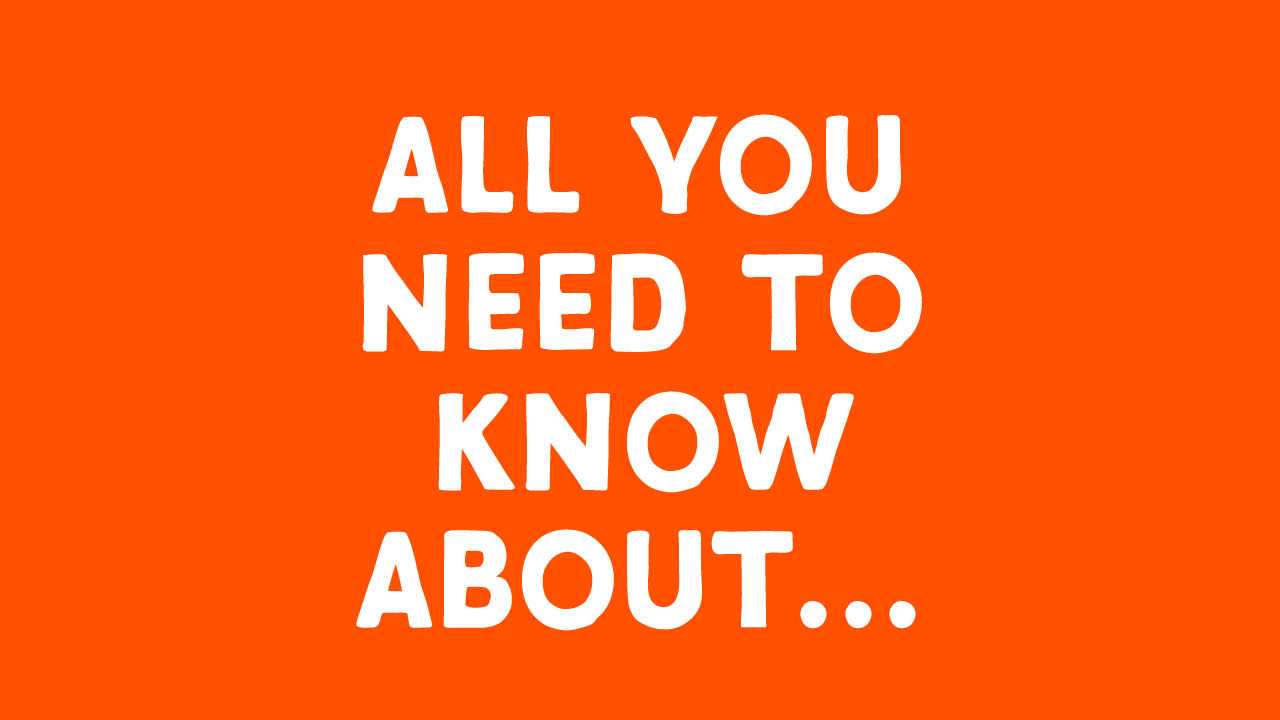The holiday season is closing in, and the Christmas preparations are in full force. To make sure that the whole family can have a happy and safe Christmas, we have shared some tips in this article.
Pets and chocolate
Chocolate is toxic for pets. Any food product that contains chocolate is potentially dangerous. Often, you will hear people say that their pet ate chocolate and was fine, so not to worry, but there are a few factors that play a role when it comes to determining the toxicity of chocolate, so no situation will be the same.
Firstly, the type of chocolate plays a role. Generally, the darker and more bitter the chocolate is, the more dangerous it’s for our pets. This is because the amount of theobromine, which is the toxic part to our pets in the chocolate, is higher in these types of chocolate. Especially concentrated are baking chocolates and gourmet dark chocolates, while white chocolate contains very little amounts of theobromine. So the ingestion of dark chocolate will lead faster to poisoning, than the ingestion of white chocolate. Besides the type of chocolate, the weight of the pet plays a role. Bigger pets will be able to handle a larger amount of theobromine before showing signs of poisoning than smaller animals. And last, the amount of chocolate ingested also matters. Symptoms of chocolate poisoning are diarrhea, vomiting, thirst, restlessness, panting, excessive urination, and racing heart rate. In severe cases, symptoms can include muscle tremors, seizures, and heart failure.
If your pet ingested any chocolate, the best thing you can do is contact your veterinarian for advice. Make sure to keep the packaging of the chocolate at hand and know how much your pet weighs. Your veterinarian will be able to calculate if the amount of chocolate your pet ate will require further action.
Pets and Christmas decoration
One of the first Christmas decorations people will think about when they hear Christmas, is a Christmas tree. If you have the possibility to place the tree out of reach of your pet, do so. Make sure that the tree is placed securely so it can’t topple over. If you have a cat keep in mind they tend to love and climb into the tree.
Christmas decorations can pose a potential danger to pets. Christmas baubles are inviting to bite in, or slap against. If these are made of glass they risk breaking. Your pet may ingest, or step in the broken glass. Make sure that any glass ornaments are out of reach, or have no glass ornaments at all, depending on your pet. When placing Christmas lights around the tree or in and around the house, hang them out of reach of pets who might tend to try and bite the cables. Make sure that there are no cables hanging loose as pets could use the wires as toys and get strangled in them. When you are not home and supervising, unplug the cables.
Other decorations which could pose a potential threat are salt dough decorations, as when ingested these could lead to salt poisoning. Fake snow, which is mildly toxic but can lead to intestinal blockages, and scented candles.

Toxic Christmas plants and flowers
One of the most toxic Christmas plants to pets are Holly and Mistletoe, especially the berries, which pose a potentially deadly danger. Ingestion can lead to drooling, head-shaking, vomiting, diarrhea, abnormal heart rate, and low blood pressure. Yew is often used in decorations and another plant to look out for. All parts of this plant are highly poisonous. Ingestion can lead to vomiting, weakness, breathing difficulties, and in severe cases, life-threatening changes in heart rate and blood pressure.
Amaryllis is also toxic and will lead to severe vomiting and abdominal pain, loss of appetite, lethargy, and tremors. Poinsettia is mildly toxic, ingesting this plant will lead to diarrhea and vomiting, while direct contact can lead to skin irritation. Lilies are extremely toxic and especially dangerous to cats. Swallowing, even in small amounts, can lead to acute kidney damage and gastrointestinal issues.
Pets and Christmas
A great combination with the right preparations and precautions. We hope that everyone, pets and their humans alike, have a happy, healthy, and safe Christmas. If you are busy or away during the holiday season, feel free to reach out and book our pet sitting service. We would love to visit your furry, feathery, or scaly family member during the festive days. For more information about our pet sitting, dog walking, pet relocation or dog training services, feel free to contact us. We will be happy to help.

